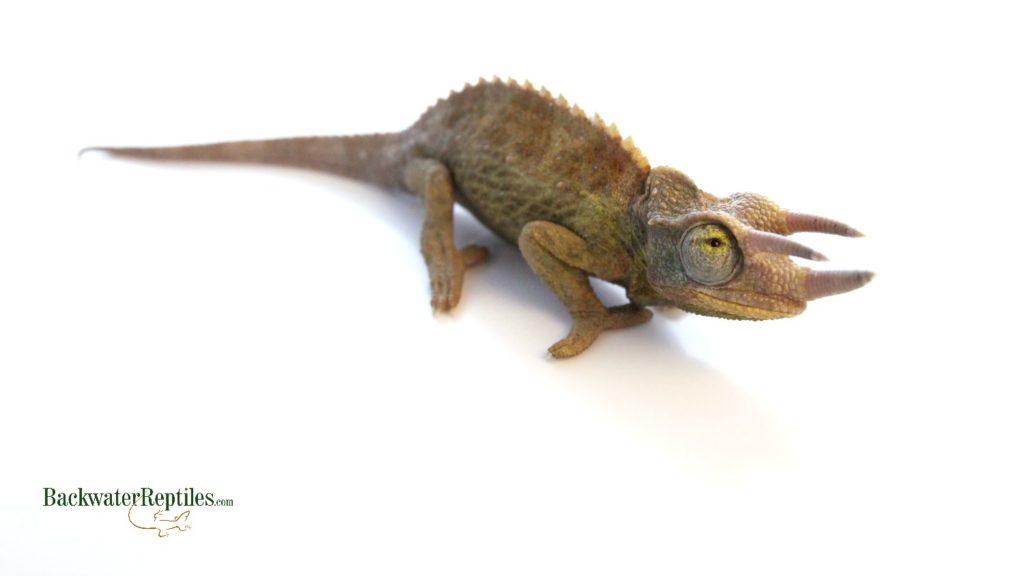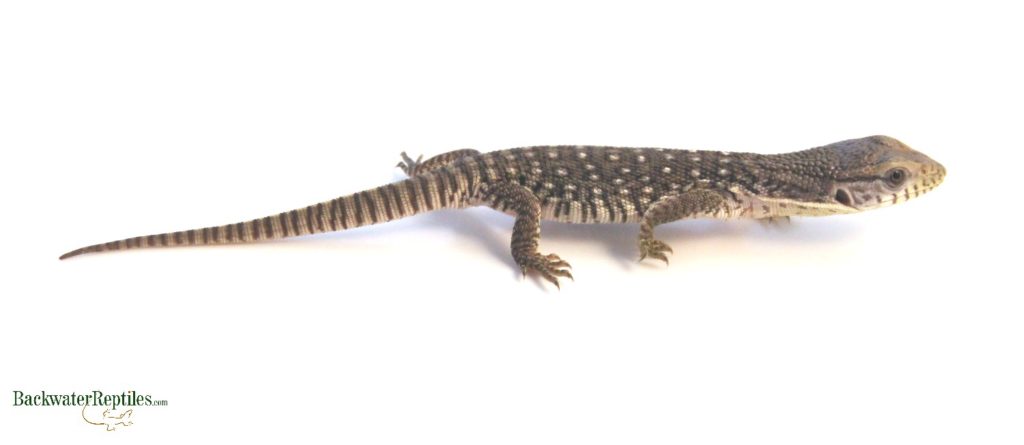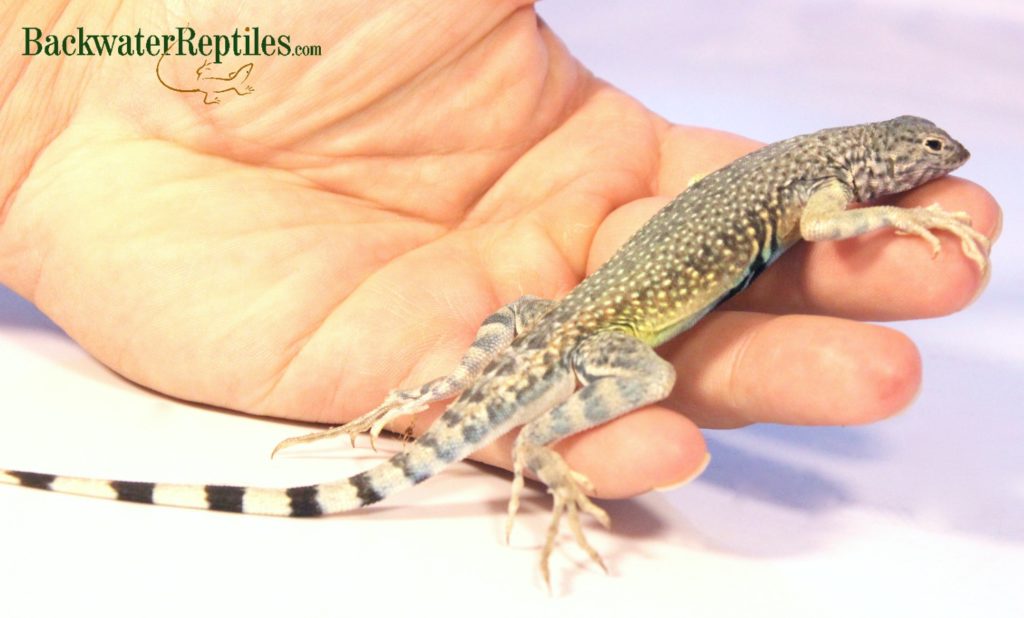Because we pride ourselves on our knowledge and ability to care for the animals we sell, we answer a lot of questions at Backwater Reptiles ranging from how to care for species X to what to feed animal Y.
One thing we’ve discovered throughout the years is that many people receive false information on their new pet and therefore come to us for help. Often times, this erroneous information is easily corrected and the problem is solved simply.
This leads us to the subject matter of this particular blog article. In the paragraphs to come, we’ll discuss many of the common mistakes people make when caring for reptiles and amphibians as well as how to avoid making them yourself.
Feeding Incorrectly
Probably the most common mistake made by many new or inexperienced reptile and amphibian owners centers on feeding the animal in question.
Clearly not all reptiles and amphibians eat the same thing, so the first thing to take into consideration if you have a picky eater is if you are feeding it the right type of food.
Although it’s true that the majority of pet lizards are carnivores, not all lizards eat insects. Some are actually herbivores and will get sick if you feed them too much protein.
Examples of common herbivores that are frequently mis-fed protein-based diets include: iguanas, Uromastyx lizards, blue tongue skinks, and tortoises. While it is true that many of these species will consume meat if given the opportunity, that doesn’t mean it’s good for them. In fact, herbivorous species can go into liver failure and will also have diarrhea to the point of dehydration if you feed them high protein diets.

So, do your research and be sure your reptile is a carnivore before giving it a cricket-based diet.
Another food-related issue we hear about from customers is offering food of the wrong size. While snakes can stretch their jaws and consume prey that is larger than their own head, the same is definitely not true for lizards, tortoises, frogs, toads, and turtles.
Would you give a toddler an entire piece of steak to eat? No, you would most certainly cut it up into manageable pieces that the child can easily chew, swallow and digest. The same should be true of your pet reptiles and amphibians. Baby chameleons should not be given full-sized crickets to consume and large monitor lizards shouldn’t be given tiny fruit flies. It’s basic common sense.
Well, if your pet is mid-sized, you still might be wondering what size food to give it, right? There’s actually a very simply rule to follow when feeding your reptile or amphibian. The size of the insect being offered should be no larger than the width between the eyes of the animal being fed.
So what about if you feed your pet pre-made reptile chow? For instance, commercially made crested gecko, tortoise and turtle pellets, and even vitamin powders for all sorts of reptiles are commonly sold at pet stores. So, are these good for your pet?
The short answer is that, yes, commercially prepared reptile food is perfectly acceptable. However, sometimes pet reptiles, particularly those that were wild-caught and not captive bred, will not eat pet store food. We want our readers and customers to be aware that just because these types of foods exist, they are most certainly not the only option.
Even if your pet does readily consume prepackaged food, we do still recommend alternating and supplementing with freshly prepared food. Variety is key to keeping your reptile happily fed and healthy and anytime your pet refuses food, we always recommend offering a new type of food before taking drastic measures.
Hydrating Improperly
Now that we’ve discussed common feeding mistakes, let’s touch on common hydrating mistakes.
You might not think over-watering your reptile or amphibian would be a problem, but it actually can be!
Did you know that too much moisture in your pet’s cage creates the perfect environment for mold, mildew, and other bacteria to grow? Not only are these pathogens not good for the health of your pet, they’re not good for your health either.
So, if you notice that some mold is growing within the enclosure, clean it right away! More than likely, you’ll also then need to replace your substrate. Odds are it was too wet. An ideal substrate moisture level for most species of amphibians is wet but not dripping. You’ll want to be able to pick up the substrate and feel moisture in your hands but there should never be dripping water.
Too little moisture is also bad for herps of all species. Even desert-dwelling species require some sort of humidity level, albeit it’s usually less than that of a tropical species.
Because different species have different moisture requirements, the best way to know if your pet is getting enough humidity and moisture in its environment is to do your research.
One very specific instance that inexperienced herp owners can encounter is how to hydrate a pet chameleon. Because chameleons are so temperamental, maintaining the proper moisture level is tantamount to keeping them healthy.

You will need to mist the chameleon’s enclosure regularly to provide the lizard with water to drink and to cultivate proper humidity levels.
Giving a chameleon a water bowl is pointless as it won’t recognize it as a source of water. Instead, there has to be enough moisture present in the cage to collect on the leaves so that the chameleon can lap it up.
Providing an Improper Enclosure
Housing and where we live is important to us as humans, right? Well, the same is true of our pet reptiles and amphibians.
First of all, size of the enclosure is a very important factor to consider when keeping a pet reptile or amphibian. Although you’re usually safe if your cage is too big, the opposite rule does not hold true. A vivarium that is too small can be detrimental to the well-being of your pet.
A common mistake many people make is purchasing a juvenile or hatchling monitor, green iguana, or tegu. While these lizards do make excellent pets, they grow extremely fast and when they reach full-capacity, they essentially need an entire room or a custom built enclosure to stay happy and healthy.

Please do your research and be prepared to house and care for your pet reptile for the duration of its life regardless of its size. Know how big your pet will grow and make sure you can accommodate it once it reaches maturity.
It might seem almost humorous if it weren’t true, but we also get a fair amount of emails from customers stating that their pet has escaped. More often than not, it’s a pet snake or lizard as these tend to be escape artists.
So, how would a good reptile parent prevent escape from occurring? You’ll just need to make sure your cage has a tight-fitting and secure lid. Any type of cage that latches should also always be latched and “locked” because reptiles are stronger and more resourceful than they appear.
Here’s another very specific housing mistake that reptile novices can make – many newbies to the reptile husbandry world aren’t aware that chameleons require a special type of mesh cage. They need plenty of air circulation and a glass cage will promote stagnant air rather than fresh air. In the long run, this can lead to respiratory issues. So be sure that if you have a pet chameleon, its cage is constructed of mesh and not glass.
Improper Handling
It might seem silly to have to say this, but not all reptiles and amphibians enjoy being picked up and handled by people. There are a multitude of species commonly kept as pets that we’d consider “look not touch” animals.
There are many species that just do better in captivity when left to their own devices. Being poked and held by human beings just stresses them out and can actually be harmful to the animal’s health.
Some good examples of reptiles and amphibians that we recommend handling minimally include: anole lizards, all species of newts, aquatic frogs, basilisk lizards, and small, skittish species of lizards.
If you do happen to have a reptile that interacts well with people such as a bearded dragon, leopard gecko, boa, python, or tortoise, there is in fact a wrong way to handle these creatures.
The number one rule to follow that many people fail to adhere to is to support the animal fully, no matter the species. For instance, although their body shape might suggest otherwise, snakes don’t like to dangle. When you hold your pet snake, its entire body should be coiled around your wrist, hand, or arm so that it feels secure.

You’ll also want to support lizards, tortoises, and turtles too. If your turtle or tortoise is too large to sit comfortably within your palm, it’s probably best to leave it be as you don’t want the animal to feel like it’s treading air due to having no foothold.
Sometimes reptiles can be nippy or seemingly aggressive when first being removed from their cage. Keep in mind that this behavior is a natural defense mechanism for these animals and if you are determined to hold your pet, exercise patience when working with them.
Through experience we’ve found that moving slowly and making deliberate attempts not to startle your reptile as you enter its cage is the best way to pick up an animal that spooks easily. Don’t make the mistake of thinking that grabbing it quickly will eliminate nipping, clawing, or struggling.
Keeping Multiple Animals Together
Because it can be tough to determine the gender of young reptiles and amphibians if they are not a sexually dimorphic species, it’s always a gamble to keep multiple animals together in the same enclosure.
Do you intend to breed your animals? If so, don’t make the mistake of assuming you automatically have a male and female. Take your pet to the vet to have its gender checked if you are unsure. Many species of reptiles and amphibians are territorial and accidentally placing two males together could actually incite aggression between the two animals to the point that they harm one another.
We’ve also heard customers tell us tales of surprise babies or eggs! They just thought their lizard, snake, or amphibian was chubby, but then they discover that the reason their pet was a little portly was due to being pregnant, or as we refer to it in reptile terms, gravid. Generally, this is a pleasant surprise and then we get amusement and gratification out of informing them that sometimes the animals are shipped out gravid or that they must have been keeping a male and female together in the same cage unintentionally.
It’s also important to know if the species you are keeping is gregarious or not. Some reptiles and amphibians are more social than others and will thrive in environments where there are multiple animals around, but others will become territorial, stressed out, and even cannibalistic.
We recommend that if you plan to keep several animals of the same species in a single enclosure that it is not only big enough to accommodate them, but that the animals themselves are OK with it.
Conclusion
The goal with many of the blog articles we write is to educate the public and potential reptile and amphibian owners before they make mistakes that harm or injure any animals.
We sincerely hope that this article has taught you a thing or two to avoid and watch out for if you do plan on adopting a reptile or amphibian in the near future.
And as always, we highly recommend doing the research on the species you plan to adopt before you purchase.
